
Hogwarts School of Witchcraft and Wizardry is a fictional boarding school of magic for students aged eleven to eighteen, and is the primary setting for the first six books in J. K. Rowling's Harry Potter series and serves as a major setting in the Wizarding World universe.
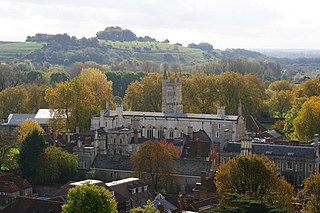
Winchester College is a public school with some provision for day pupils, in Winchester, Hampshire, England. It was founded by William of Wykeham in 1382 as a feeder school for New College, Oxford, and has existed in its present location ever since. It is the oldest of the nine schools considered by the Clarendon Commission. The school has begun a transition to become co-educational, and has accepted male and female day pupils from September 2022, having previously been a boys' boarding school for over 600 years.

Eton College is a public school in Eton, Berkshire, England. It was founded in 1440 by Henry VI under the name Kynge's College of Our Ladye of Eton besyde Windesore, making it the 18th-oldest school in the Headmasters' and Headmistresses' Conference (HMC). Originally intended as a sister institution to King's College, Cambridge, Eton is known for its history, wealth, and notable alumni, known as Old Etonians.
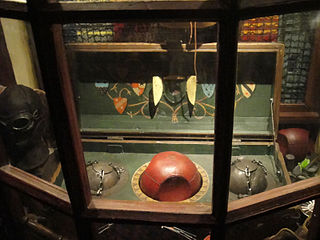
Quidditch is a fictional sport invented by author J. K. Rowling for her fantasy book series Harry Potter. It first appeared in the novel Harry Potter and the Philosopher's Stone (1997). In the series, Quidditch is portrayed as a dangerous but popular sport played by witches and wizards riding flying broomsticks.

A boarding school is a school where pupils live within premises while being given formal instruction. The word "boarding" is used in the sense of "room and board", i.e. lodging and meals. As they have existed for many centuries, and now extend across many countries, their functioning, codes of conduct and ethos vary greatly. Children in boarding schools study and live during the school year with their fellow students and possibly teachers or administrators. Some boarding schools also have day students who attend the institution during the day and return home in the evenings.
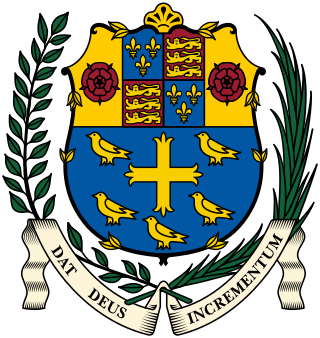
Westminster School is a public school in Westminster, London, England, in the precincts of Westminster Abbey. It descends from a charity school founded by Westminster Benedictines before the Norman Conquest, as documented by the Croyland Chronicle and a charter of King Offa. Continuous existence is clear from the early 14th century. Its academic results place it among the top schools nationally; about half its students go to Oxbridge, giving it the highest national Oxbridge acceptance rate. In the 2023 A-Levels, the school saw 82.3 of its candidates score A*/A.
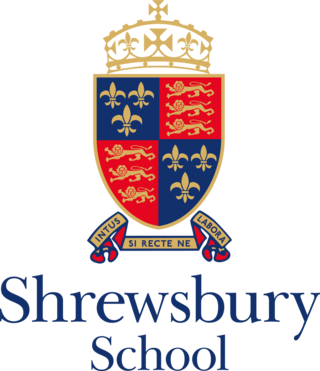
Shrewsbury School is a public school in Shrewsbury.

Beauxbatons Academy of Magic is a French magic school in the fictional universe of Harry Potter created by the English writer J. K. Rowling.

Clifton College is a public school in the city of Bristol in South West England, founded in 1862 and offering both boarding and day school for pupils aged 13–18. In its early years, unlike most contemporary public schools, it emphasised science rather than classics in the curriculum, and was less concerned with social elitism, for example by admitting day-boys on equal terms and providing a dedicated boarding house for Jewish boys, called Polack's House. Having linked its General Studies classes with Badminton School, it admitted girls to every year group in 1987, and was the first of the traditional boys' public schools to become fully coeducational. Polack's House closed in 2005 but a scholarship fund open to Jewish candidates still exists. Clifton College is one of the original 26 English public schools as defined by the Public Schools Yearbook of 1889.
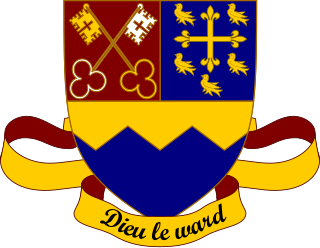
Ampleforth College is a co-educational fee-charging boarding and day school in the English boarding school tradition. It opened in 1802 as a boys' school. It is located near the village of Ampleforth, North Yorkshire, England, on the grounds of Benedictine monastery Ampleforth Abbey. The school is located in the heart of a valley with state-of-the-art sports pitches, wooded areas, and lakes. The school holds the oldest purpose-built school theatre in the United Kingdom, a dedicated student pub, its own infirmary and was used to film several scenes from the Harry Potter films.
J. K. Rowling's Harry Potter universe contains numerous settings for the events in her fantasy novels. These locations are categorised as a dwelling, school, shopping district, or government-affiliated locale.

Bradfield College, formally St Andrew's College, Bradfield, is a public school for pupils aged 13–18, located in the small village of Bradfield in the English county of Berkshire. It is noted for its open-air Greek theatre and its triennial Greek Play.
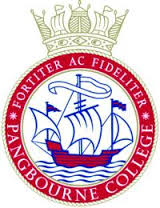
Pangbourne College is a co-educational private day and boarding school located in Pangbourne, Berkshire. It is set in 230 acres, on a hill south-west of the village, in an Area of Outstanding Natural Beauty.

St Edward's School is a public school in Oxford, England. It is known informally as 'Teddies'.
In British education, a housemaster is a schoolmaster in charge of a boarding house, normally at a boarding school and especially at a public school. The housemaster is responsible for the supervision and care of boarders living in the house and typically lives on the premises. However, houses also exist in non-boarding schools, in which case the housemaster simply heads a house.

Anthony Chenevix-Trench was a British schoolteacher, classics scholar and alleged child sexual abuser. He was born in British India, educated at Shrewsbury School and Christ Church, Oxford, and served in the Second World War as an artillery officer with British Indian units in Malaya. Captured by the Japanese in Singapore, he was forced to work on the Burma Railway.
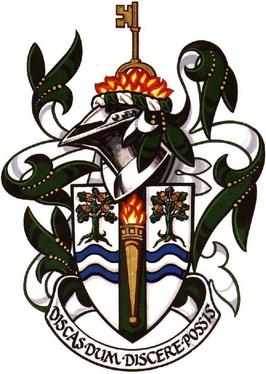
Packwood Haugh School is a co-educational private preparatory school for pupils from the ages of 4 to 13, offering places for both day and boarding pupils. It is located in Ruyton-XI-Towns, midway between Oswestry and Shrewsbury in Shropshire, England. Fees are around £6 000 a term.

In England and Wales, a public school is a type of fee-charging private school originally for older boys. They are "public" in the sense of being open to pupils irrespective of locality, denomination or paternal trade or profession, nor are they run for the profit of a private owner.
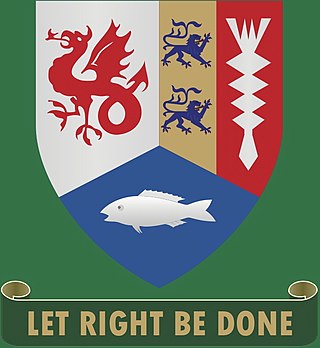
King Alfred School, Plön, was a boarding school for children whose parents were British military or civil service personnel working in Germany; between 1948 and 1959, it educated approximately 4000 pupils aged between 11 and 18 years old.

Sherborne International is a private co-educational fully boarding school for boys and girls aged between 8 and 17-years-old. It is located in the historic town of Sherborne in Dorset in the south-west of England.



















